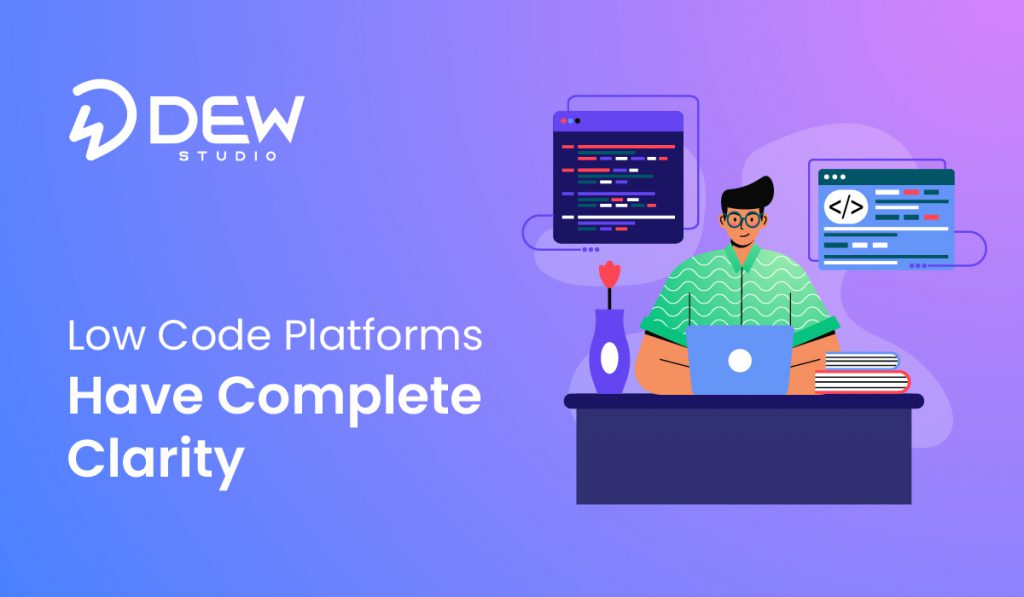In today’s digital age, app development has become an essential skill set, opening up opportunities for creativity, problem-solving, and innovation. However, traditional app development often requires extensive coding knowledge, which can be intimidating and time-consuming for students who are just starting their journey into programming. This is where Low-code platforms come into play, revolutionizing student learning and app building.
Low-code platforms provide a visual development environment that simplifies app development by reducing the need for manual coding. These platforms offer intuitive drag-and-drop interfaces, pre-built components, and ready-to-use templates, enabling students to create functional applications without deep programming expertise. Accessibility and ease of use make these advanced and robust platforms an empowering tool for students regardless of their coding background.
Low-Code Platform Empowering Students
In several ways, the tool enables students to unleash their creativity. Utilizing the technology, they can easily turn their ideas into tangible applications. Here are some key benefits:
Accessibility:
It breaks down entry barriers by eliminating extensive coding knowledge. Students with limited programming knowledge can dive into app development without stress.
Rapid Prototyping:
Low code tools allow students to quickly create prototypes and minimum viable products (MVPs) for their app ideas. This iterative development process fosters experimentation and encourages students to refine their concepts based on user feedback.
Visual Development:
With intuitive drag-and-drop interfaces, students can visually design beautiful app interfaces and arrange components without writing complex code. This visual approach makes the development process more engaging and understandable, especially for visual learners.
Problem-Solving and Logical Thinking:
Developing an application without having to code encourages students to think critically and solve problems by breaking them down into smaller components. They can focus on the app’s functionality and user experience, honing their logical thinking skills.
Collaboration and Teamwork:
The platform facilitates collaborative app development. Students can work together on projects, sharing components, ideas, and knowledge, fostering teamwork and enhancing communication skills.
Conclusion:
Low-code platforms have emerged as powerful tools for students to build apps. By providing an accessible and user-friendly development environment, these platforms enable students to bring their app ideas to life without getting bogged down by complex coding requirements.
Whether they are learning programming concepts for the first time or expanding their existing skills, low-code platforms offer a practical and engaging way for students to develop their creativity, problem-solving abilities, and collaboration skills. In app development, low-code platforms have truly democratized the creation process, making it more inclusive and accessible for aspiring student developers.
DEW Studio is one such low-code platform available to students. By understanding the development process and its related components, one can build an application more effectively. To try your hands at development, you can visit the link and schedule a demo with experts for guidance on the platform.


